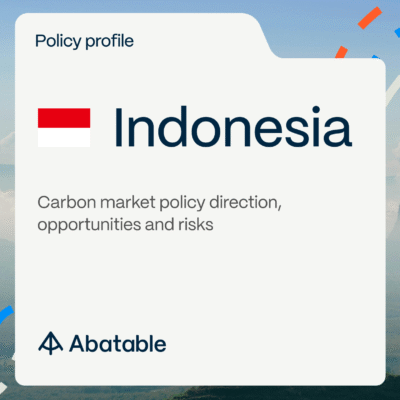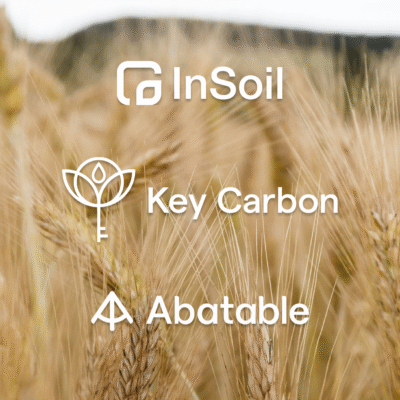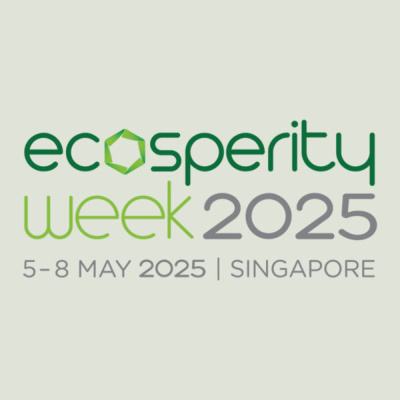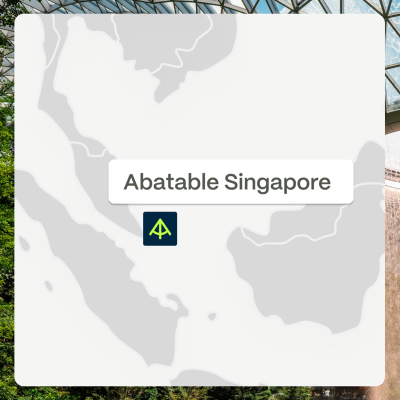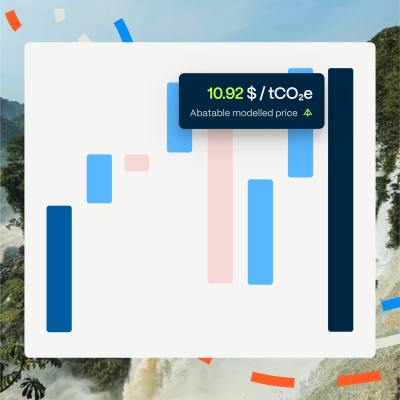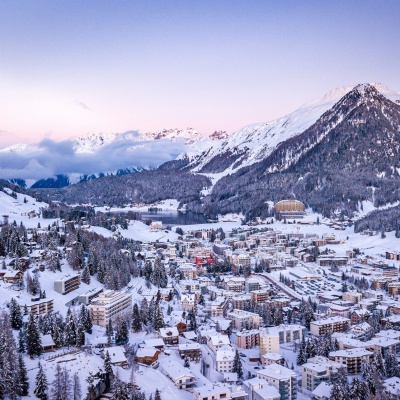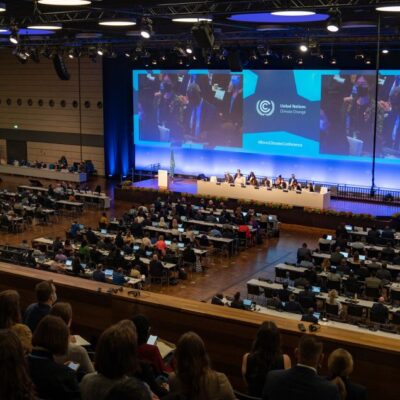In the past 15 years, blue carbon has gone from a niche area of academic literature to one of the most popular topics of the global voluntary carbon market (VCM).
Increasingly, it is seen as the new frontier of nature-based solutions (NBS), the second-largest contributor (after credits from renewable energy production) to issued credits globally. This is in part due to the immense carbon stocks of blue carbon ecosystems and partly to the exceptional co-benefits they can deliver.
Not only is blue carbon offering more of what the VCM has been demanding, but it is also offering a new set of opportunities to deliver it.
What is blue carbon?
When it comes to blue carbon there’s a lot to be excited about, but what do we actually mean when we say blue carbon?
Blue carbon represents a very diverse category, covering various eco-types and project activities. For instance, blue carbon can refer to the carbon stored in mangroves, seagrass, seaweed, salt marshes, or any other coastal and marine ecosystem.
Blue carbon projects also cover a range of activities, including revegetation, hydrology interventions, aquatic farming, and many others. The variety of blue carbon projects is still growing as new technologies, research, and methodologies are developed.
Types of Blue Carbon Projects
When we talk about blue carbon projects today, we’re referring primarily to NBS, which dominates the space — projects that protect and restore marine and coastal ecosystems: mainly mangroves, seagrasses, and salt marshes. Among these, mangrove forests have emerged as the popular choice. However, all three ecosystems show exceptional promise as effective carbon sinks, even when compared to the most carbon-dense environments on land.
Mangroves grow along tropical and subtropical coastlines on intertidal landscapes with an exceptionally high potential for storing carbon. This, combined with a fast accumulation of carbon and relatively low implementation costs, is partly why mangrove projects comprise the largest portion of blue carbon both in terms of the number of projects and issued credits. At the end of 2022, less than 5 million blue carbon credits had been issued (comparatively REDD+ projects had issued over 400 million credits at that time) and almost 90% were issued from only four mangrove restoration projects.
Salt marshes are also found along coastlines but outside of the tropics & subtropics. They have relatively low diversity and abundance of plant life due to the tough, saline conditions. While some carbon is stored in the vegetation, this ecosystem stores the vast majority of its carbon in its soils. Consequently, if marshes are drained or excavated, the organic carbon stored in the soil is largely re-emitted into the atmosphere.
Seagrasses are flowering plants that grow underwater, forming meadows found along the coastline of every continent in the world except Antarctica. Similar to other blue carbon systems, the bulk of the carbon is stored as organic matter in the soil. Despite a large carbon sequestration and storage capacity, the potential for seagrass meadows and salt marshes to generate carbon credits has barely begun to be realised. This is in part due to implementation challenges — revegetating and monitoring soil carbon at depths underwater, for instance —and partly due to the prohibitive costs and red tape associated with securing rights to marine areas.
Other, more nascent solutions exist too, which show promise in further expanding the scope of blue carbon to include technology-focused solutions, such as seaweed farming.
Seaweed production shows some promise for scalable biomass farming, where seaweed is farmed in the ocean to store CO2 or to make biofuels that displace emissions. For carbon storage, some companies plan to harvest, and then sink bundles of seaweed to the ocean floor, however, the permanence of this approach is uncertain and its ecological impacts at scale are concerning. Several early players in this space have received funding for further development and expansion. Notably, UK-based company Seafields has received seed funding to further progress its plan to develop a seaweed farm in the Indian Ocean roughly the size of Croatia. If fully realised, the operation could capture 1 gigaton of CO2 every year. Similar aspirations, though through a more modular approach, from a US-based aquaculture company, Running Tide have already led to the pre-sale of credits to big names like Shopify, Stripe, and the Chan Zuckerberg Initiative.
The need for blue carbon
Where carbon finance has traditionally been used as an investment pathway for land-based ecosystems and technologies, blue carbon offers an expansion into less conventional settings.
As our understanding of the carbon stored in coastal and marine (‘blue’) environments has developed, blue carbon now offers a pathway for investing in their conservation. This is translating into increased funding for the preservation and restoration of ecosystems previously inaccessible for carbon finance. Not a moment too soon either, as roughly half of the world’s blue carbon ecosystems have been lost in the last half-century and continue to be lost at an alarming rate.
The historical loss of blue carbon ecosystems has led to not only enormous GHG emissions but the loss of valuable ecosystem services too. The habitat provided by blue carbon systems caters to an entirely different subset of species than terrestrial ecosystems, including insects, birds, fish, and mammals, many of which cannot be found elsewhere. Many migratory bird species also depend on the health of coastal ecosystems, as they move across vast distances to mate and feed. Blue carbon species also provide habitat, shelter, and food to support species important for commercial and local fishing.
Coastal ecosystems are critical for protecting inland communities and wildlife from increasingly hazardous oceanic conditions. Without the capacity of coastal ecosystems to absorb and reduce the effects of extreme weather events, coastlines, and the communities they support, would be vulnerable to more frequent and forceful storm surges, tidal waves, and extreme sea levels. Mangroves, for instance, play a crucial role in dampening the force and extent of ocean waves. Seagrasses too stabilise the sediment beneath their roots, limiting erosion, while salt marshes reduce flooding by absorbing excess water, as well as filtering pollutants.
The Blue carbon market
At present, blue carbon credits trade at an impressive premium to other NBS credits. A recent study by OPIS valued the difference between average blue carbon and high-quality terrestrial REDD+ credits at $13 for 2022 vintages. While the widely adopted NBS pricing benchmark, N-GEO, has plummeted from above $10 in January 2022 to below $3 in less than a year, buyers have maintained a solid conviction for blue carbon as evidenced by our research in the average carbon credits prices. The largest open sale of blue carbon credits to date, from the Delta Blue Carbon Project in November 2022, resulted in a price of $27.80 for all 250,000 credits from the 2021 vintage. However, over 30% of the bid volume included offers exceeding $35/tonne.
With a growing buyer awareness of blue carbon and falling confidence in the REDD+ credits that make up the bulk of NBS volumes, blue carbon is set to maintain its sought-after status. Investors and developers who have read the writing on the wall are rapidly scaling up investment and project works. A developer analysis undertaken by Abatable shows that despite total historical issuances being less than 5 million tonnes in 2022, the visible pipeline of blue carbon projects will be issuing over 13 million tonnes annually. The bulk of these issuances will come from avoided deforestation & degradation (‘blue REDD+’) activities and will be almost entirely across mangrove ecosystems.
As blue carbon continues to develop in the VCM, we are likely to see its continued status as ‘boutique’, particularly for projects delivering removals. This is good news for NBS project developers who are responding to the imperative for coastal and marine ecosystem protection. Supported by a comparatively large carbon density, even the new implementation challenges of blue carbon projects are unlikely to deter further investment.
Abatable has already hosted a market-first exclusive procurement event for high-integrity blue carbon removal credits and continues to work with quality project developers to distribute credits, unlock finance, and access new markets. If you are interested in procuring blue carbon credits for your offsetting needs or are developing your own blue carbon project, you can get in touch with our expert team.






